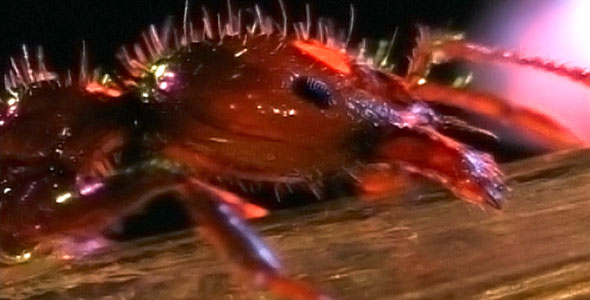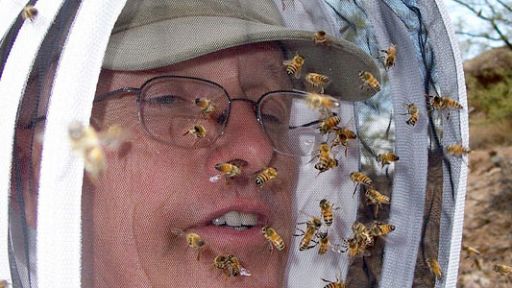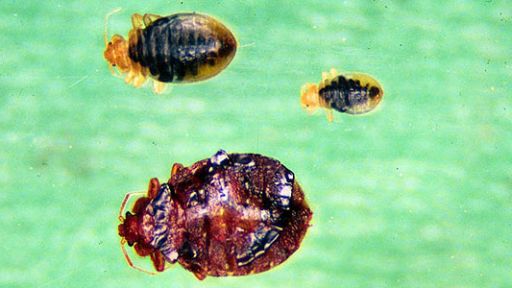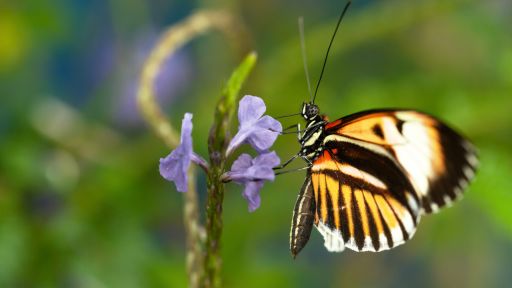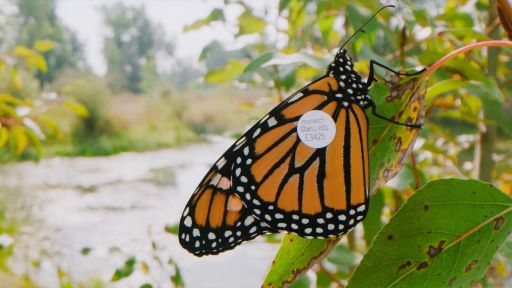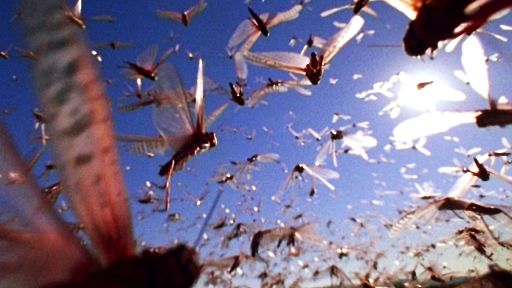In the 1930s, a cargo ship from South America docked at a port in Mobile, Alabama. Hidden away in its dark recesses were some opportunistic stowaways with a proclivity for ruthlessly invading new territories — red imported fire ants. America’s welcoming climate offered them the perfect environment in which to mount their next occupation.
As we see in NATURE’s Animals Behaving Worse, these ants are on the march, waging war on American soil. They have infested 13 states and more than 300 million acres, boiling over lawns, roadsides, and pastures in legions of up to 40 million per acre. Fiercely aggressive and armed with a potent sting, they terrorize wildlife, domestic animals, and humans.
“Red imported fire ants are much more aggressive than native fire ants,” warns Anne-Marie Callcott, supervisory entomologist with the Soil Inhabiting Pest Laboratory of the U.S. Department of Agriculture’s Animal and Plant Health Inspection Service (USDA/APHIS). “The ants have an alarm pheromone. When a nest is disturbed, a group of workers hurriedly carries the queen to a new location to protect her, while hundreds of others emerge swarming and stinging.”
Millions of people are stung each year. In a highly choreographed manner, the ants flood onto their victim, but may wait 10 seconds or more before sending the signal to launch their painful attack. Grasping with strong jaws, the ant arches its back and inserts its stinger into its victim to inject a dose of venom that causes a burning sensation and blistering. The blisters, if not kept clean, could become sites of secondary infection. Some people may be highly allergic to the venom and suffer from chest pain, nausea, dizziness, shock, and in some cases, lapse into a coma. Though deaths are rare, more than 80 people have died in the United States from allergic reactions to the ants; children and the elderly are most at risk.
In addition to posing a danger to humans, imported fire ants also threaten livestock, pets, and wildlife, causing serious declines in biodiversity. Whereas native fire ant colonies may have up to 10,000 workers, red imported fire ant colonies consist of 500,000 or more. Voracious and omnivorous, they wreak havoc on agriculture as they devour seeds, leaves, buds, and fruits and kill young citrus trees by stripping off bands of their bark. The ants’ mounds can be as high as two feet, rendering it impossible to cultivate and harvest crops from infested fields.
The devastation they inflict on the ecosystem has motivated the U.S. government to take a tough approach to controlling the species’ spread. “In the 1950s, we thought eradication was a possibility, but our efforts failed,” says Charles Brown, Imported Fire Ant Quarantine Program Manager for USDA/APHIS. “Now, we are no longer trying to eradicate them, but trying to prevent them from artificially spreading by hitching or hopscotching to new areas.” The USDA requires all nursery stock and other items likely to carry the pest — soil, baled hay, sod, soil-moving equipment, etc. — to be inspected and/or treated before traveling from ant-infested to ant-free areas.
Inspections and quarantines certainly help control their spread into new territories, but in areas where the ants are already established, the government has taken a bold new step — fighting fire with flies. In 2001, USDA/APHIS launched a project to rear and release a natural predator of the red imported fire ant.
Also native to South America, the phorid fly affects the ants in two ways, first through parasitism. Dependent on the ant for reproduction, the female phorid, known as the “decapitating fly,” injects its eggs into worker fire ants as they are out foraging for food. After hatching, the fly larva eats its way through the ant’s body, paralyzing it, and then moves into the head, where it digests the connective tissues, decapitating and killing the ant. The larva pupates inside the disembodied head capsule, and when development is complete, the adult fly emerges and begins the cycle again, seeking other fire ant hosts.
Secondly, the flies alter foraging behavior. When a female phorid detects a fire ant worker, she’ll stalk her victim, making the worker run and hide to evade attack. As the ants spend more time avoiding the flies and less time foraging, the entire colony is negatively affected.
“By introducing and establishing phorid fly species, we are providing a natural biological stress on fire ant colonies,” says Kimberly Engler, an entomologist and program specialist for Texas Cooperative Extension’s Integrated Pest Management (IPM). Engler and her team put themselves in the line of fire in their effort to control the species in north Texas. After identifying red imported fire ant mounds in the field, the team collects worker ants from each one and ships them to a USDA/APHIS lab in Gainesville, Florida, where they are put into chambers with the flies long enough to become parasitized. The infected ants are then sent back to Engler’s team and released back into their respective colonies.
It’s a job fraught with occupational hazards. “The first time we collected ants to be parasitized, I was stung 32 times — two of which were on the tongue!” Engler recalls. “I was trying to suck the fire ants with an aspirator. The screen was loose, so the ants were sucked into my mouth instead of the vial. My days are never boring or routine.”
Currently, two species of phorid flies have been brought into the United States. As phorids are themselves exotic species, concerns have been raised about their introduction. However, extensive studies were conducted by the USDA’s main research arm as well as a number of universities to ensure the environmental safety of importing the flies before they were considered for use. So far, no negative impacts have been documented.
“These flies are extremely species specific,” says Callcott. “In fact, they are size specific as well and will only target an ant within the worker size range of that particular species.” As the flies are dependent upon the ants, the general thought is that once the red imported fire ant population is decreased, the phorid fly population will decrease as well.
Phorid flies are by no means a “stand-alone” biological control agent for imported fire ants. “They help us to lessen our dependence on chemical controls, which is a good thing,” says Brown. “But they are simply another tool in the toolbox of integrated pest management.” The added stress to the imported fire ant colonies caused by these new fly species will allow native ants to better compete for food and reclaim some of the territories from which they’ve been displaced.
Conservative estimates have put the cost of damage and control of these insects around a billion dollars per year, but it may well be far greater. “It’s tremendously hard to say exactly how much this species is costing the U.S.,” says Callcott. “Whereas other pests may affect specific areas or specific crops, fire ants affect everything and everybody from all walks of life.”
One thing all the experts seem to agree on is that the red imported fire ant lives up to its Latin name, “invicta,” which means “invincible.” “These fire ants never will be eradicated,” says Brown. “If they are found in new areas, small infestations might be stopped, but as for total eradication in the U.S., it’s just not going to happen.”

